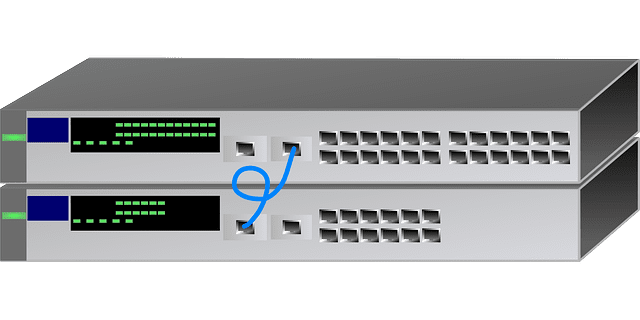In the world of networking, data transmission, and connectivity play a crucial role in establishing efficient communication. Transceivers, such as Small Form-Factor Pluggable (SFP), Enhanced Small Form-Factor Pluggable (SFP+), and Quad Small Form-Factor Pluggable (QSFP28), are key components that enable seamless data transfer across network devices. This article aims to provide a comprehensive guide to understanding these transceivers and their role in conjunction with network switches.
Transceivers: Bridging the Connectivity Gap
Transceivers are compact devices that function as both transmitters and receivers of data signals. They facilitate the conversion of electrical signals into optical signals for transmission over fiber-optic cables or vice versa. This ability to bridge the connectivity gap between different network devices is critical for modern networking infrastructure.
Small Form-Factor Pluggable (SFP)
SFP transceivers are widely used in networking applications due to their small size and hot-pluggable nature. These versatile transceivers support both optical and copper connections and are capable of transmitting data rates of up to 10 Gbps. SFP transceivers are commonly used in Ethernet switches, routers, and network interface cards.
Enhanced Small Form-Factor Pluggable (SFP+)
SFP+ transceivers are an enhanced version of the SFP modules, offering higher data transmission rates of up to 16 Gbps or 32 Gbps, depending on the implementation. They are typically used in data center applications where higher bandwidth and faster speeds are required, supporting technologies such as 10 Gigabit Ethernet, Fibre Channel, and InfiniBand.
Quad Small Form-Factor Pluggable (QSFP28)
QSFP28 transceivers are designed to meet the demands of high-speed data transmission in modern networking environments. They offer data rates of up to 100 Gbps and are commonly used in data centers for applications such as 40 Gigabit Ethernet, 100 Gigabit Ethernet, and InfiniBand EDR.
Network Switches: The Backbone of Networking
Network switches serve as the central hub for data exchange within a network. They connect various devices, such as computers, servers, printers, and storage systems, allowing them to communicate efficiently. Switches equipped with transceiver slots provide the flexibility to connect different types of transceivers, enabling diverse connectivity options.
Transceiver Compatibility and Flexibility
One of the significant advantages of transceivers is their compatibility with various network devices. Network switches equipped with SFP, SFP+, and QSFP28 slots offer the flexibility to connect different transceiver types, allowing for easy customization and scalability of network infrastructure.
Network Performance and Scalability
Transceivers, in conjunction with network switches, play a crucial role in enhancing network performance and scalability. The ability to upgrade or replace transceivers without replacing the entire switch allows for seamless network expansion and adaptation to evolving technologies.
Future Trends and Developments
As network bandwidth requirements continue to grow, transceiver technologies are evolving to meet these demands. Emerging standards like the QSFP-DD and OSFP (Octal Small Form-Factor Pluggable) are being developed to support even higher data rates, offering potential solutions for future network upgrades.
Conclusion:
Transceivers, such as SFP, SFP+, and QSFP28, along with network switches, form the backbone of modern networking infrastructure. They provide the necessary connectivity and flexibility to meet the increasing demands for higher bandwidth and faster data transmission. Understanding the different transceiver types and their compatibility with network switches is essential for building robust



































